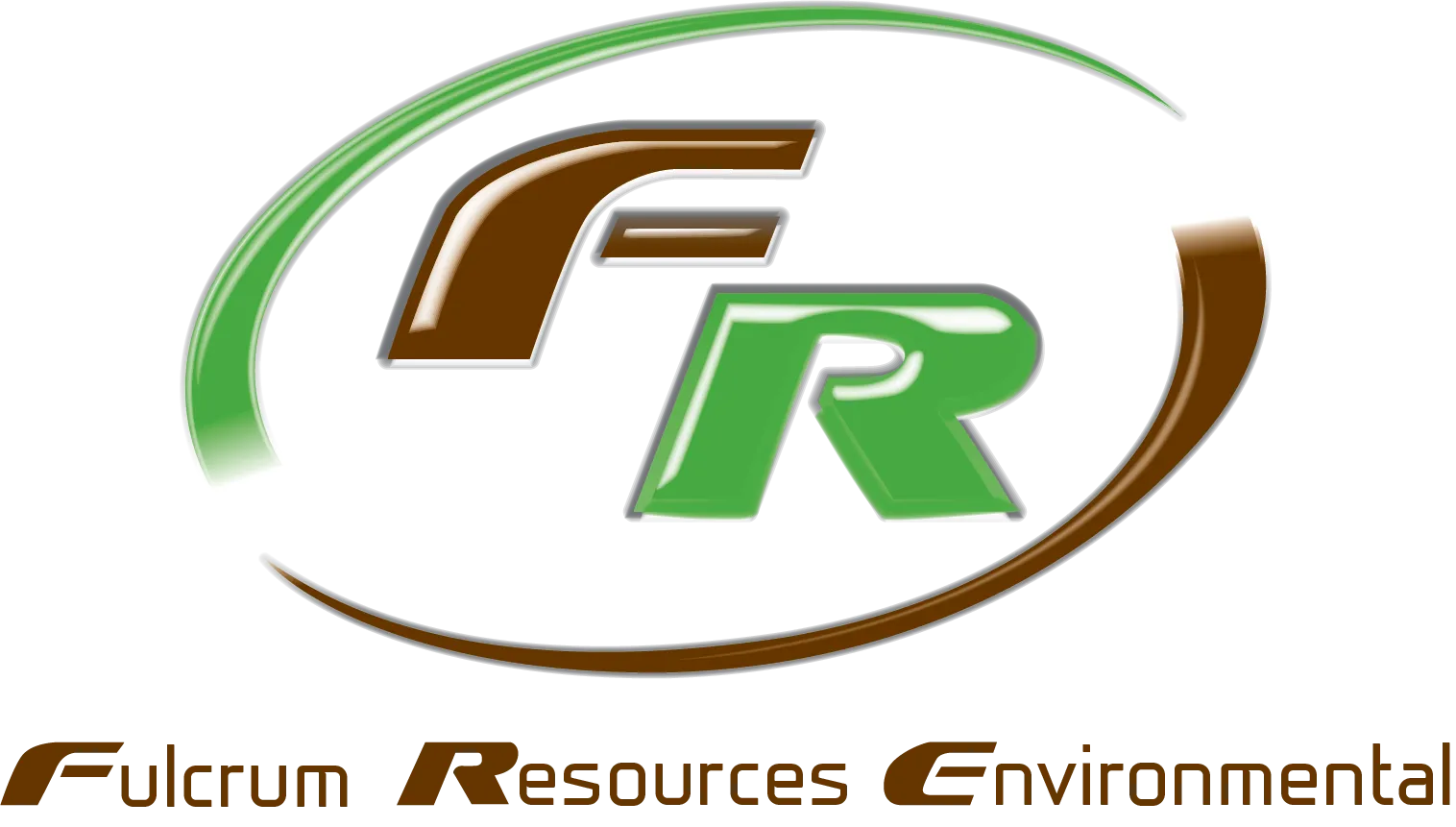ENVIRONMENTAL
DUE DILIGENCE
ENVIRONMENTAL
DUE DILIGENCE
At Fulcrum we Specialize in Environmental Due Diligence
A crucial process for businesses and individuals who want to assess the potential environmental risks associated with a real estate transaction. Here are three benefits of environmental due diligence:
Fulcrum helps to identify potential environmental risks, such as soil or groundwater contamination, that may result in legal liabilities.
Fulcrum provides peace of mind by identifying potential environmental risks and ensuring that appropriate measures are taken to address them.
Environmental due diligence ensures compliance with federal, state, and local regulations related to environmental protection and conservation, potentially avoiding costly penalties and damages.
Transaction Screen Assessment (TSA)
A Transaction Screen Assessment, also often referred to as an Environmental Transaction Screen, is essentially a limited Phase I Environmental Assessment Report, which is used to assist in identifying Potential Environmental Concerns (PECs) associated with properties. The term Potential Environmental Concerns means the possible presence of any hazardous substances or petroleum products on a property under conditions that indicate the possibility of an existing release, a past release, or a threat of a release of any hazardous substances or petroleum products into structures on the property or into the ground, groundwater, or surface water of the property.
The Transaction Screen Assessment is performed per the requirements of the ASTM 1528-06 Standard Practice for Limited Environmental Due-Diligence. The Transaction Screen Assessment is the most popular accepted limited product performed and accepted by lenders. However, it should be noted that a Transaction Screen Assessment does not carry the weight of a Phase I Environmental Site Assessment Report in that it does not meet the requirements of the EPA’s All Appropriate Inquiry, and will not offer the user protection from CERCLA Liability.
Below are a list of steps performed when completing a Transaction Screen Assessment:
Research and obtain major historical sources consisting of any three of the following (historical aerial photographs, topographic maps, Sanborn Fire Insurance Maps, City Directories, Title report, and/or Building records)
Perform a site inspection of the subject property
Conduct an interview along with completed environmental questionnaire with owner, property manager, or one with confirmed historical knowledge of the subject property.
Complete Transaction Assessment Report to determine the presence of PECs, and if the subject property is at low or high risk
Fulcrum can apply the cost of a Transaction Screen Assessment to the Phase I Environmental Site Assessment report should the user chose to upgrade.
Fulcrum performs Transaction Screen Assessments throughout the U.S. Many times a client will consult with Fulcrum to determine if a Transaction Screen Assessment will be the best fit for a particular property type. For example, for property types that are listed on the NAICS list, the SBA dictates that the user must begin with a Phase I Environmental Site Assessment Report. It is always a good idea to consult first with a trusted partner as Fulcrum can evaluate the property type and determine if going straight to a Phase I Environmental Site Assessment Report is the better option for a particular deal.
Phase I Environmental Site Assessment
(Phase I ESA)
A Phase I Environmental Site Assessment is common thread and staple involving a property transaction. The Phase I Environmental Site Assessment is used to identify any potential environmental risks associated with the subject property, and to protect a potential buyer, lender, investors, or other active interested parties on the transaction from any environmental liability. A Phase I Environmental Site Assessment report is the most common report typically required by a lender who is involved in the financing of a property.
Fulcrum performs all Phase I Environmental Site Assessment with seasoned Environmental Professionals who meet the requirements of the EPA’s All Appropriate Inquiries (AAI) Rule. The AAI Rule was set forth to provide specific scope requirements for a Phase I Environmental SiteAssessment Report to meet the requirements of CERCLA’s innocent landowner defense. Fulcrum’s reports are generally accepted by most lenders throughout the nation as Fulcrum’s team are more than qualified to meet the criteria set forth by lending institutions.
Fulcrum also performs all Phase I Environmental Site Assessment Reports to the latest revised standards set forth by the American Society for Testing and Materials (ASTM) (ASTM E1527-13), which took into effect on November 6, 2013, and replaced the previous standard (ASTM E1527-05). The changes include the following within the Phase I Environmental Site Assessment Report:
Vapor Migration Potential-The risk of vapor intrusion from subsurface contamination originating from onsite or offsite has been a question challenged for some time, but was previously subject to opinion of the environmental professional to include in the Phase I Environmental Site Assessment Report. The latest ASTM revision specifically requires the Environmental Professional to determine if the subject property would meet the criteria to be considered a vapor encroachment condition. Fulcrum’s team of environmental professionals are experts in this field, and will determine if a vapor encroachment condition is or is not likely to exist at the subject property.
Agency File Reviews-The Environmental Professional must discuss all available regulatory file reviews within the Phase I Environmental Site Assessment Report. A stricter standard is now set on the environmental professional to conduct regulatory file reviews.
Revised Definition(s)-The term “Controlled Recognized Environmental Condition” is now used within a Phase I Environmental Site Assessment Report. A controlled recognized environmental condition is a subset to the recognized environmental condition category.
The ASTM definition of CREC in the E1527-13 standard is as follows: “a recognized environmental condition resulting from a past release of hazardous substances or petroleum products that has been addressed to the satisfaction of the applicable regulatory authority (for example, as evidenced by the issuance of a no further action letter or equivalent, or meeting risk-based criteria established by regulatory authority), with hazardous substances or petroleum products allowed to remain in place subject to the implementation of required controls (for example, property use restrictions, activity and use limitations, institutional controls, or engineering controls).”
This discussion is generally found within the executive summary section of a Phase I Environmental Site Assessment Report.
Fulcrum performs Phase I Environmental Site Assessment Reports frequently throughout the country. By having qualified Environmental Professionals in strategic areas throughout the U.S. gives Fulcrum an edge to our competition as our Environmental Professionals are more familiar with local geography and local regulatory authority.
Peer and Desk Top Reviews
Fulcrum’s team of experts are at your disposal to review or ask of a second opinion on another consultant’s report or work scope. We at Fulcrum pride ourselves on honesty and integrity when providing a scope of work, or providing opinion of others work.
It is important to make sure the work the client is paying for is honest and accurate. Therefore, many banks utilize our services to review another consultant’s work if they are not an approved vendor, or if they simply desire a second opinion.
Fulcrum can provide a peer and/or desktop review for a minimal cost. Fulcrum can also provide a Desktop Report, which differs from a peer review in that we can provide a pre-screen to evaluate environmental risk on a prospect property for our clients. Fulcrum will evaluate what level of due-diligence the client prefers, and present options to review any of the following items presented below:
Historical records consisting of one or any combination of the following:
Historical Sanborn Fire Insurance Maps; Aerial Photographs; City Directories; Building Permits; Tax Records; Title Reports; or Topographic Maps.
Environmental Database Review, which consists of ordering a government database report that meets ASTM Standards, or customized search radius of client’s choice.
Review and summary of another environmental consultant’s report(s).
Records Search Risk Assessment RSRA
A Records Search and Risk Assessment (RSRA) is an environmental due diligence report for SBA loans. It provides a faster, less expensive way to assess environmental risk for a site with no known environmental issues.
The RSRA is a screening tool that evaluates a specific piece of commercial real estate for possible environmental risks that may directly impact a lender or investor.
It is sometimes referred to as a Desktop Review because this type of risk assessment does not require an in-person visit to the property by an environmental professional. Everything is done on a computer—hence the term “desktop.”
This report is a minimum first step requirement in the process of completing environmental due diligence for the SBA 504 and SBA 7(a) loan programs. This requirement aligns with the organization’s standard operating procedures (SOP) for its Lender and Development Company Loan Programs[1].
Database Review Report (DBR)
Fulcrum offers as a low cost option Environmental Database Reviews as a limited first step in your environmental due diligence process. Although Environmental Database Reviews may be completed on any property type, Environmental Database Reviews are typically used on perceived low environmental risk properties which do not currently use hazardous substances and are not believed to have used hazardous substances in the past.
The Environmental Database Review scope of work includes development and professional review of publicly available, regulatory agency information maintained by federal, state, and local government agencies. The data is typically developed and evaluated in the form of lists and include a wide variety of information including records of known or potentially contaminated and/or known contaminated sites, landfills, and other disposal sites, and underground storage tank records for both leaking and registered USTs.



